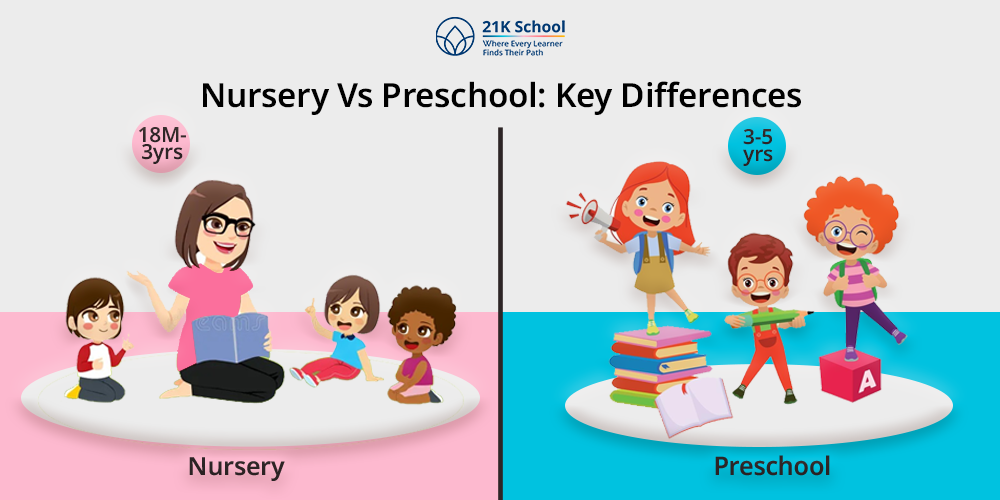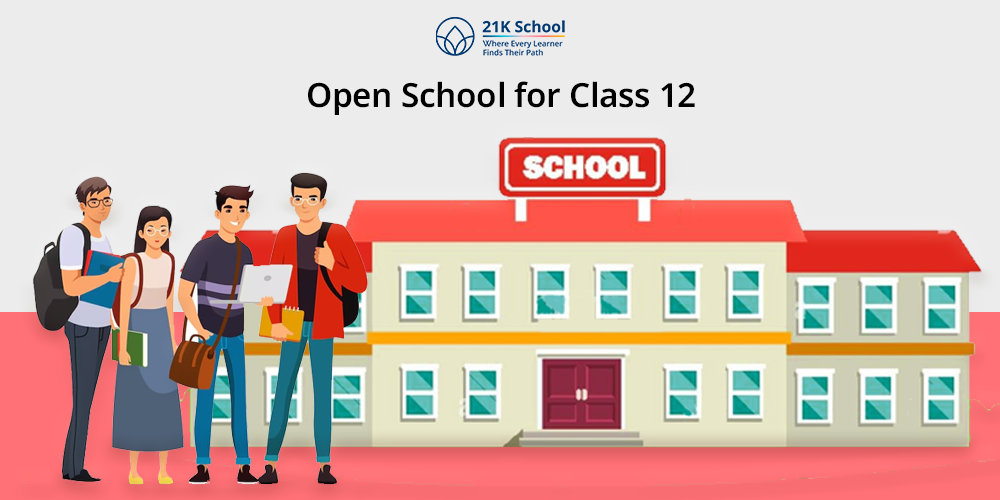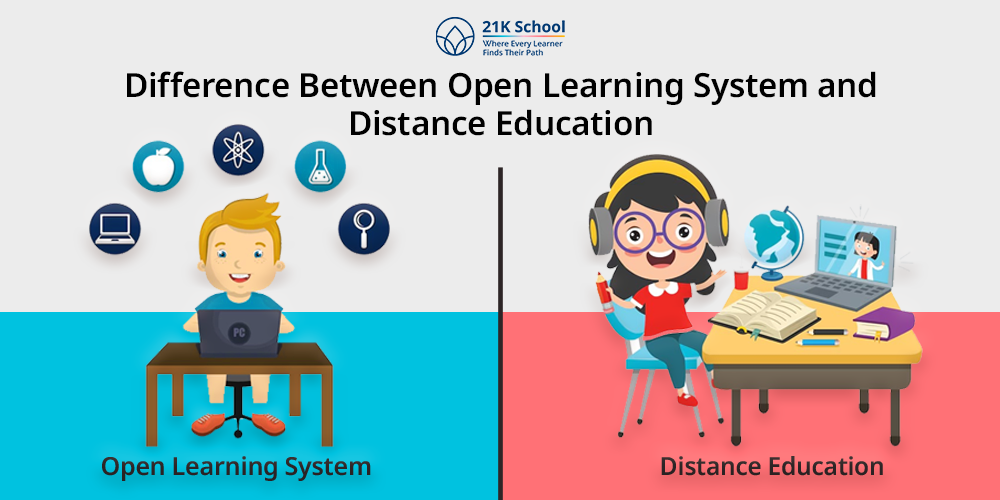
E-learning, is a short for electronic learning, seems like a very high tech concept and it, as it basically refers to the use of digital platforms, devices, and tools to deliver educational content and training to learners online — another learners version of virtual education. It’s also commonly known as online learning.
Whether accessed through the internet or specialised software, learning through digital platforms has transformed in the past few years.
This transformation has been for both educators and learners. E-learning has transformed the education and training field by offering more flexibility and accessibility to them.
The traditional method was quite rigid and believed in one size fits all concept, the personalisation in the e-learning methodologies, have changed the way of learning and teaching.
But,
Contents
What is E-Learning?
E- learning is a teaching method and a learning method that leverages digital technology to enable individuals to access educational content online.
It encompasses different formats of online learning, virtual classrooms and interactive learning modules.
The content is delivered via computers, or any other digital gadgets like, smartphones and tablets which allows learners to engage with their resources at their own pace from anywhere in the world.
E-learning is a varied format, it can be categorized into:
- Synchronous Learning : This method of learning deals with Real-time interaction, such as live webinars or virtual classrooms. These models transform lives and deal with real life problems and motivate learners to ace the course they opt for.
- Asynchronous Learning: Under this method of learning, it is referred to as self-paced learning where tools like recorded lectures, discussion boards, or e-learning modules are used to teach and learn.
But after all this, it is really important to understand the purpose behind all of this :
What is the Purpose of E-Learning?
The primary purpose of e-learning is to provide an environment to people that supports flexibility, scalability and accessible training and schooling solutions to individuals and organisations.
It seeks for :
- Improved knowledge retention through multimedia tools, students tend to learn more from observation than from being dictated upon.
- The online teaching methodologies reach diverse audiences, including remote learners, on a wider level and create a visible impact when implemented thoughtfully.
- The e-learning environment enables continuous learning and skill development, for learners, from all age groups and across all domains; educators or learners.
- The technological advancements reduce the costs associated with traditional classroom-based learning, though when we see it from a professional training perspective and skill building, it contributes massively.
Although, the purpose is well stated, and is very easy to understand. It is equally important to learn about the;
Main Characteristics of E-Learning
E-learning boasts a range of features that set it apart from traditional learning methods:
1. Flexibility
What it means : your learning, your time
How does it affect: Learners can access content anytime, anywhere. E-learning allows anyone to access content anytime and anywhere. Learning is designed to fit into your lifestyle seamlessly.
2. Personalization
What it means : Learning That Knows You
How it affects : Content here in this form of learning can be tailored to individual needs, goals, and learning styles. Here with the help of tailored content, it adapts to individuals’ needs – making every module feel like it was designed just for you.
3. Interactivity
What it means : Dive In and Explore, learning is never enough
How it affects: It basically means to understand; why just read it, when you can experience Features like quizzes, simulations, and forums that contribute to learners’ passive learning and engagement adventures. Here every click brings in a new insight for the learner.
4. Scalability
What it means: Education Without Limits is the real educational approach
How it affects: learning beyond boundaries comes with a global audience, where content is delivered in large groups and to a large audience. This way e-learning effortlessly expands to cater to the needs of many. It’s like making classroom level education available at doorstep via. technology.
5. Multimedia Integration
What it means : Learning Comes to Life with technology
How it affects: this form of education teaches us the value of immersive experience by combining text, videos, audio, and visuals for a greater experience that is impactful and speaks in every possible sense..
6. Automated Assessments
What it means: Feedback at Lightning Speed for better results
How it affects: No waiting for grades here in the e-learning environment — quizzes and tests give you instant feedback in real time, helping you understand what you’ve mastered and where you can improve — feedback help you grow wisely.
7. Tracking and Reporting
What it means: The Learner’s Map for better results
How it affects: in order to stay on top with your progress, it is important to track your journey and pinpoint areas where you highlight the opportunities of growth and improvement. It helps you keep yourself grounded, in the journey of academic success.
Advantages of E-Learning
| Aspect | Advantages |
| Cost | Saves money by eliminating expenses like classroom rent, materials, and travel. |
| Time | Allows learners to study at their own pace and schedule—no rushing, no deadlines. |
| Accessibility | Makes education available to remote areas and underserved communities. |
| Personalization | Offers content tailored to individual needs, making learning more effective and engaging. |
| Environmental Impact | E-learning is eco-friendly, reducing paper usage and travel emissions. |
| Content Consistency | Ensures the same high-quality content reaches all learners, regardless of location. |
| Lifelong Learning | Encourages continuous skill development with easy access to resources. |
| Global Connectivity | Connects learners and educators from around the world, fostering cultural exchange. |
| Social Interaction | There’s an opportunity to virtually interact with people from different cultural backgrounds across the globe. |
| Technology Dependence | The resources can be accessed anytime and anywhere, due to accessibility. |
Disadvantages of E-learning
1. Limited Social Interaction
E-learning lacks social interaction as there’s no face to face engagement with peers and instructors in real life. In such cases students feel isolated and may lose interest in the learning process.
Collaborative activities and group discussions that take place in traditional classrooms are very difficult to replicate and implement in online environments, which ultimately impacts the development of social interaction among students and affects the skill development.
2. Technological Barriers
E-learning is completely an online learning model and it requires a reliable connection and compatible device for internet connection, which is not available for everyone.
Additionally there are a lot of issues that come along with the technology, like technical issues, software glitches, system crashes or power failures.
These technological interruptions disrupt the learning experience hindering the process of learning causing trouble and frustration to both educators and students.
3. Self-Motivation Challenges
E-learning puts the learners in a situation to share a significant responsibility in learners to stay disciplined and motivated. In order to grow in such a situation, learners need a structured environment.
Learners in an online environment may struggle to complete courses, leading to lower retention and missed learning opportunities.
Implementing Effective E-Learning Strategies
Creating and implementing a successful e-learning program is a heavy task, and involves meticulous planning and a strategic execution.
The first and foremost step is to Define Clear Objectives, when the aim is established it becomes ear for learners to achieve by the end of the course.
Although this seems like a simple step, another part of the seriousness that comes with implementation is Understanding the Audience is also important because the content is tailored to the demographic, skill levels, and preferences of the learners, required and this can be achieved only through strategic implementation.
All these steps are incomplete if the other elements are not involved properly and utilised to its full potential. Leveraging Technology can help in the use of robust Learning Management Systems (LMS) in education to deliver and track content effectively.
All these steps help in encouraging learners’ engagement which can be achieved by Incorporating Interactivity through quizzes, case studies, and discussion forums.
Now as technology is used, effective learning ensures that content is accessible on available platforms. The step here would be to Optimize for Mobile Devices and make it accessible on smartphones and tablets.
In situations where technology is involved, a separate dedicated unit for support is needed to Provide Support and offer technical and academic support to address learner queries in real time.
Now when all the steps have been applied successfully and efficiently, educators or facilitators need to Monitor Progress and regularly evaluate learner performance and course effectiveness, to ensure successful implication of an e-learning environment. .
Types of E-Learning
| Type of E-Learning | Description | Key Feature |
| Web-Based Learning | Learning delivered through websites or Learning Management Systems (LMS). | Flexible and accessible with internet connectivity. |
| Computer-Based Learning | Offline learning using CDs, DVDs, or software installed on a computer. | No need for the internet; great for remote areas. |
| Virtual Classrooms | Live, instructor-led classes conducted via video conferencing tools. | Real-time interaction and engagement. |
| Mobile Learning | Accessing courses through smartphones and tablets. | Learning on the go, anytime, anywhere. |
| Gamified Learning | Learning that integrates game-like elements to boost engagement. | Fun and interactive way to retain knowledge. |
| Social Learning | Collaborative learning through platforms like forums or social media. | Peer-to-peer interaction and shared knowledge. |
| Microlearning | Bite-sized lessons focused on specific skills or knowledge areas. | Quick and targeted learning sessions. |
Conclusion
With time the learning methodologies have evolved and education has taken a leap forward. E-learning is one dimension of advancement that the current education system has to offer.
It helps teachers and even parents to understand the dynamics by offering a flexible and accessible alternative to the conventional form of education.
As compared to the traditional methods it is a cost effective approach and is supposably one of the most accurate forms of education that caters to learners’ needs and interest .
Would you choose an alternative to traditional formal schooling that offers education that is technologically advanced, inclusive and personalised just for your kid.



